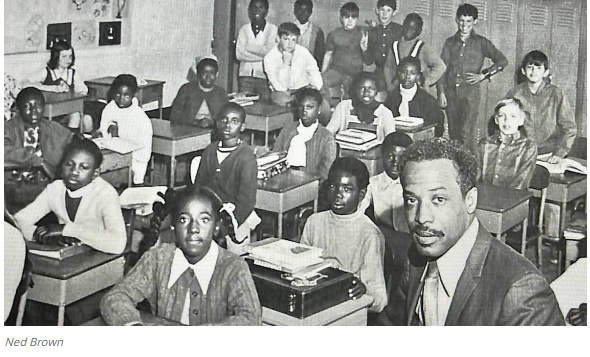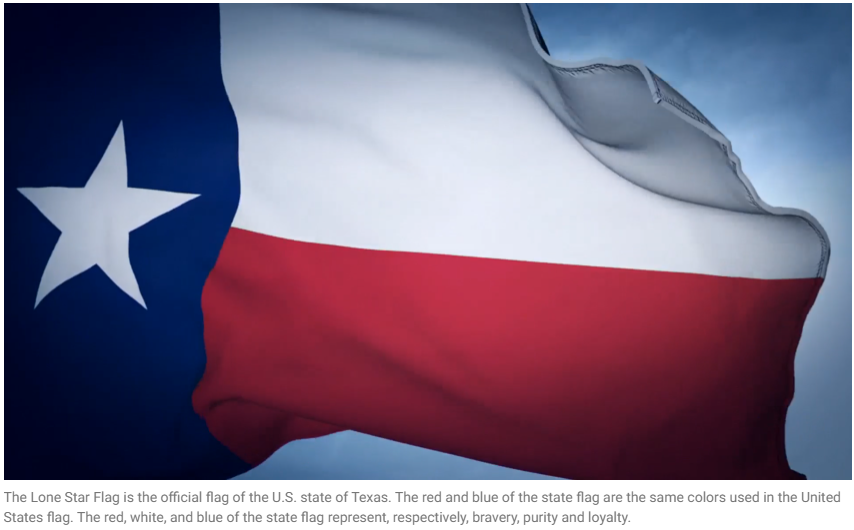SOUTH CAROLINA: ‘He saw the best in me’: How a Hilton Head principal influenced the South’s history
HILTON HEAD, S.C. — Isaac W. Wilborn Jr. was asked to carry the sins of the Deep South on his small shoulders. He was young, not long out of college and fresh off military service in Korea, when he was appointed principal of Hilton Head Island’s first consolidated elementary school in 1954. It’s gone now, but that red-brick building with such marvels as bathrooms and water fountains, was to be the white establishment’s silver bullet to keep Blacks in their place forever.
That building, as well as a new brick Michael C. Riley school building in Bluffton and hundreds of others statewide, was funded to prove that South Carolina schools were separate but equal. Wilborn’s professional life of 30 years in the Beaufort County public schools precisely overlays the long and painful demise of that separate-but-equal lie. He graduated from Allen University in Columbia in 1950, the same year a group of parents in Clarendon County filed suit in federal court because the school board ignored complaints that their children were walking dusty roads to inferior schools while white kids cruised by in school buses.
That suit – Briggs v. Elliott – became part of the landmark Brown v. Board of Education case in which the U.S. Supreme Court ruled against segregation in 1954. But it would be 1971 before full school integration came to Beaufort County. South Carolina Gov. James Byrnes had in 1951 pushed through a 3 percent state sales tax to fund new schools and buses for the express purpose of avoiding integration. A quick flip through history shows how unequal the schools were – and just how heavy the burden was that Wilborn carried.
When he took his first job in Bluffton, the school for blacks went only through the 10th grade. White kids had 12 grades. Black teachers had lesser certification requirements. Black students had fewer school days. For decades, if black students wanted to go beyond elementary school, they had to pack up and leave home. In 1927, South Carolina had 279 high schools for whites and only 10 for blacks, according to the S.C. Encyclopedia. It was 1929 before South Carolina issued its first high school diploma to a Black student.
Reporting by The State newspaper in Columbia showed that in 1949, South Carolina’s per-pupil expenditure for white students was $111 compared to $50 for blacks. The average annual salary for white teachers was $600 more than blacks. The value of white school property was $68 million compared to $13 million for blacks. The state was spending $2.4 million on transportation for whites and $184,000 for blacks. Wilborn stepped into the South’s tinderbox, challenged to bring up to speed children who had been taught in one-room schools dotted around the island. He did not burst out of a phone booth to save the day. He never pretended to be Superman. Sunny Littlejohn, who he hired in 1968 to teach a class of 32 second graders, said, “I don’t remember him ever raising his voice. He was a lovely person to work with.”
Wilborn immediately asked for the youngest students get more time in school, which resulted in a forerunner to Project Head Start. He later asked the full community, then filling with retirees from around the nation, to build a daycare center for working families. He told everyone that his little scholars were missing school to tend to baby siblings while their mothers took the island’s new jobs. Wilborn became a beloved fixture, known as “Fess,” showing the human capital that blacks brought to education even if all else was unequal.
He was deeply involved in community affairs and institutions, helping bridge the gap between newcomers and native islanders. The long list of his contributions aired at the time of his death on June 23 at the age of 93 was surprising, even for a man inducted into two halls of fame. But at his core, Isaac Wilborn bore his special burden by treating everyone as he treated the Rev. Jon R. Black.
Black eulogized his mentor on July 3 from the pulpit at Campbell Chapel African Methodist Episcopal Church in Bluffton. “This man saw the best in me,” Black said.
–islandpacket.com



